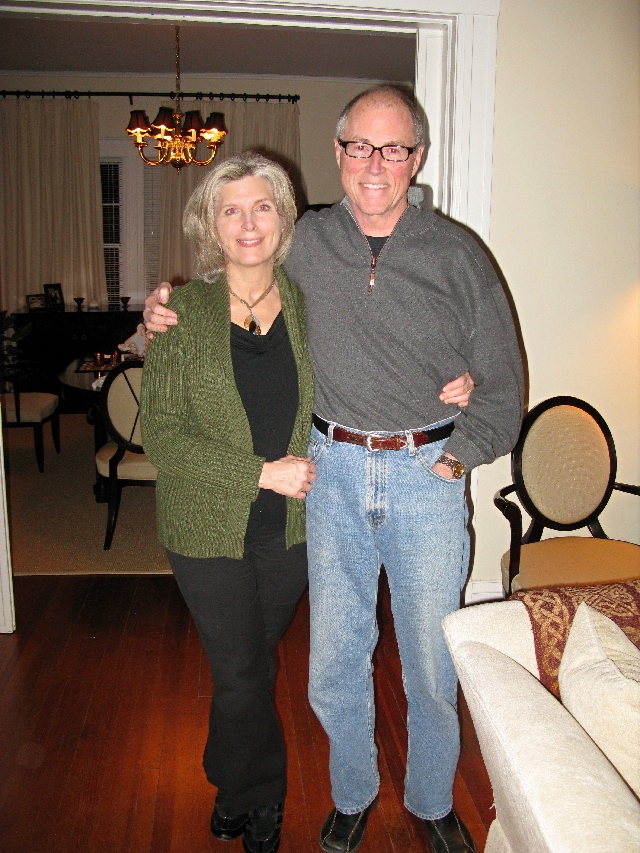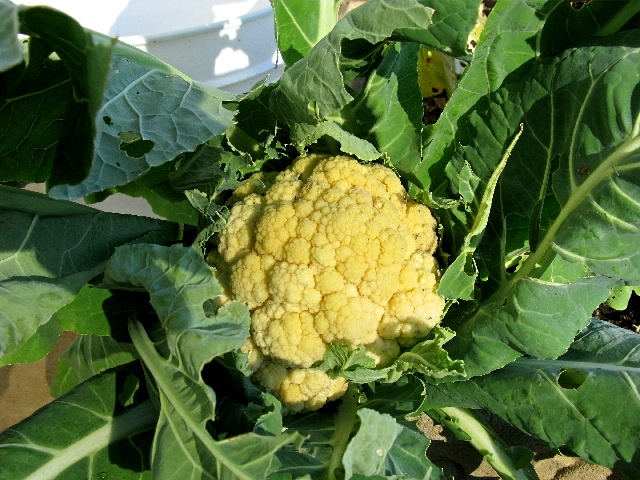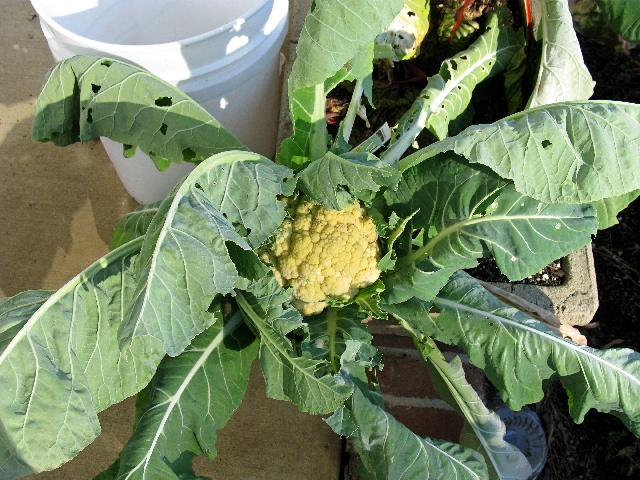The only honest way to think of our cell phones is that they are tiny, low-power microwave ovens, without walls, that we hold against the sides of our heads. . . .Lai reviewed 350 studies and found that about half showed bioeffects from EM radiation emitted by cell phones. But when he took into consideration the funding sources for those 350 studies, the results changed dramatically. Only 25 percent of the studies paid for by the industry showed effects, compared with 75 percent of those studies that were independently funded. . . .If all this sounds like some abandoned X-Files script, consider the history of suppression of evidence in the major issues of consumer health over the past half century. Big Tobacco hid the dangers of smoking and the addictiveness of nicotine, supporting its position with countless deceptive studies. Asbestos manufacturers hid evidence that the mineral was dangerous even as tens of thousands of workers died from exposure; the makers of DDT and Agent Orange stood behind their products even as it became clear that the herbicides caused cancer. That the cell-phone industry, which last year posted revenues in the hundreds of billions of dollars, has an incentive to shut down research showing the dangers of cell-phone use is not a radical notion. . . ."It never ceases to surprise me that people will fight a cell tower going up in their neighborhoods," Blake Levitt, author of Electromagnetic Fields: A Consumer's Guide to the Issues and How to Protect Ourselves, told me. "Then they'll install a Wi-Fi system in their homes. That's like inviting a cell tower indoors." . . .
Follow us on wordpress
-
After much thought we've decided to continue blogging. The main reason is
not because we want to share our life with the world, but because we have
realiz...
12 years ago








